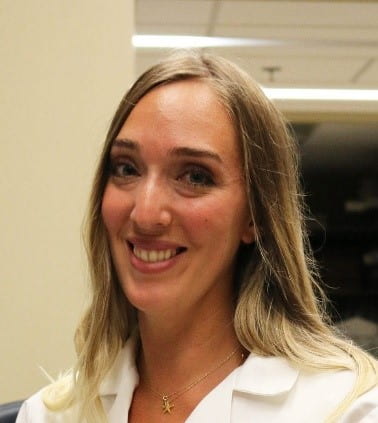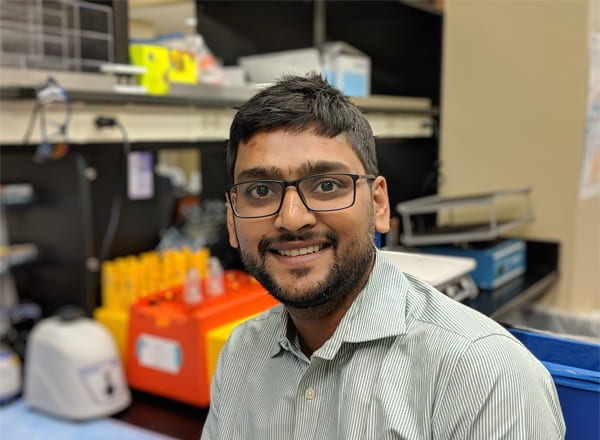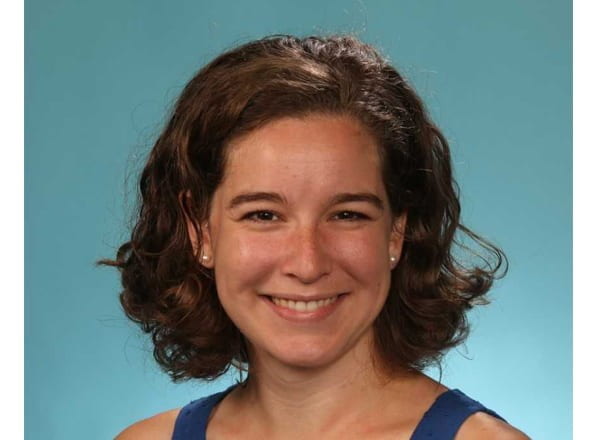September 2022

One of the major barriers to identifying and evaluating new therapies for pediatric low-grade brain tumors is their inability to grow in culture or in mice. Leveraging human induced pluripotent stem cell (hiPSC) engineering, RNA sequencing, and genetically engineered mouse strains, Dr. Corina Anastasaki and colleagues devised methods to bypass this limitation in the field.
In this study, Dr. Anastasaki generated hiPSCs harboring NF1 mutations as seen in children with NF1 or expressing the KIAA1549-BRAF fusion protein commonly seen in non-NF1 low-grade gliomas. Using these lines, she identified the specific neuroglial cell populations capable of generating brain tumors, showing that neuroglial progenitors, but not astrocytes, generate low-grade gliomas in mice. She also showed that two different progenitor cell populations, glial restricted progenitors and oligodendroglial progenitors, recapitulate different histologic features of low-grade gliomas in children.
Dr. Anastasaki then used RNA sequencing and genetically engineered mouse strains to demonstrate that the chemokine Cxcl10 blocks tumor engraftment and growth, such that Cxcl10-deficient mice with an intact immune system can be used as host for humanized tumors.
Lastly, and perhaps most exciting, Dr. Anastasaki worked with Dr. Fausto Rodriguez, Chief of Neuropathology at the University of California Los Angeles, to grow patient-derived low-grade gliomas in mice. This advance sets the stage for ongoing work to generate precision mouse lines harboring actual patient tumors directly from the operating room.



Anastasaki C, Chatterjee J, Cobb O, Sanapala S, Scheaffer SM, De Andrade Costa A, Wilson AF, Kernan CM, Zafar AH, Ge X, Garbow JR, Rodriguez FJ, Gutmann DH. Human induced pluripotent stem cell engineering establishes a humanized mouse platform for pediatric low-grade glioma modeling. Acta Neuropathol Commun. 2022 Aug 19;10(1):120. doi: 10.1186/s40478-022-01428-2. PMID: 35986378